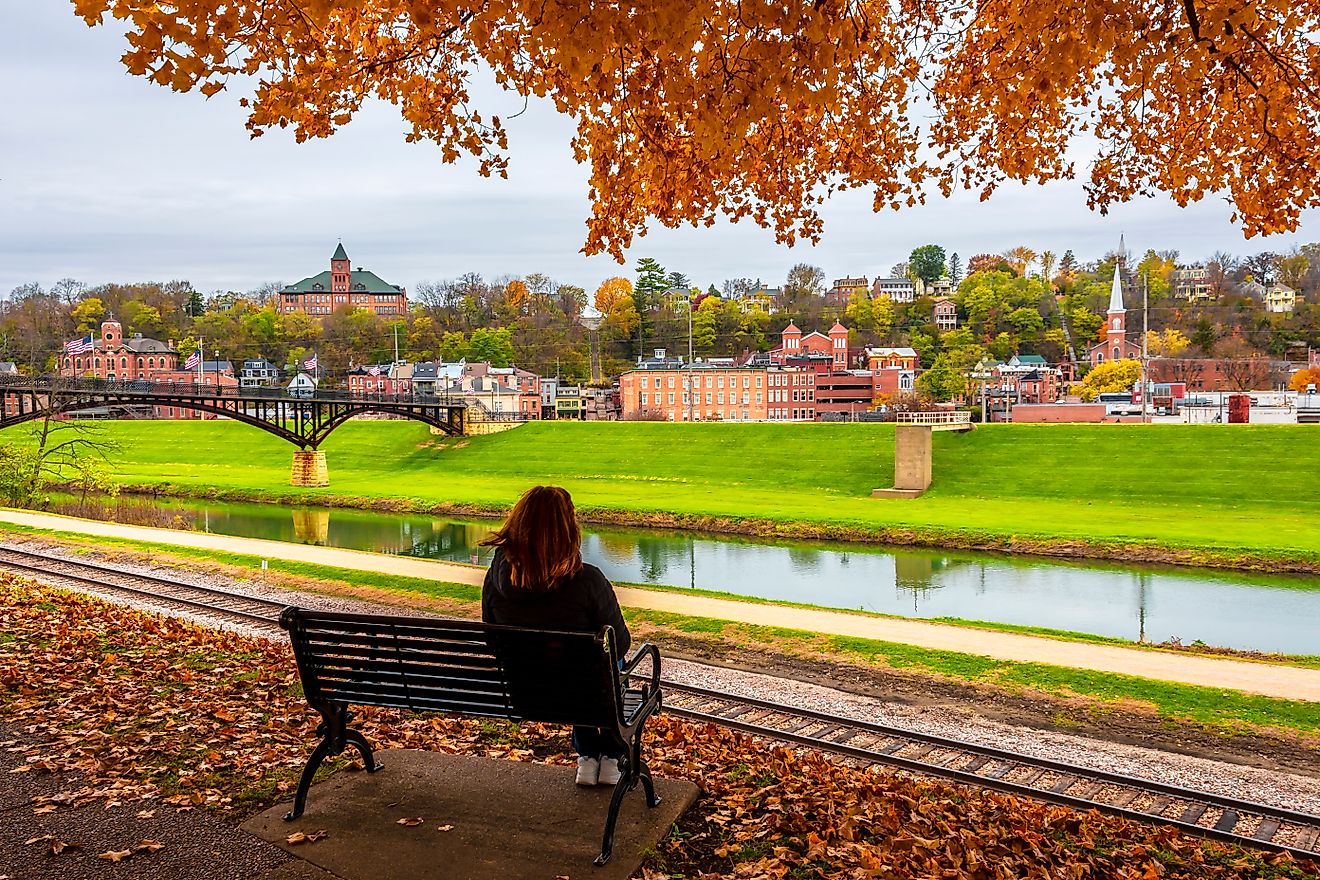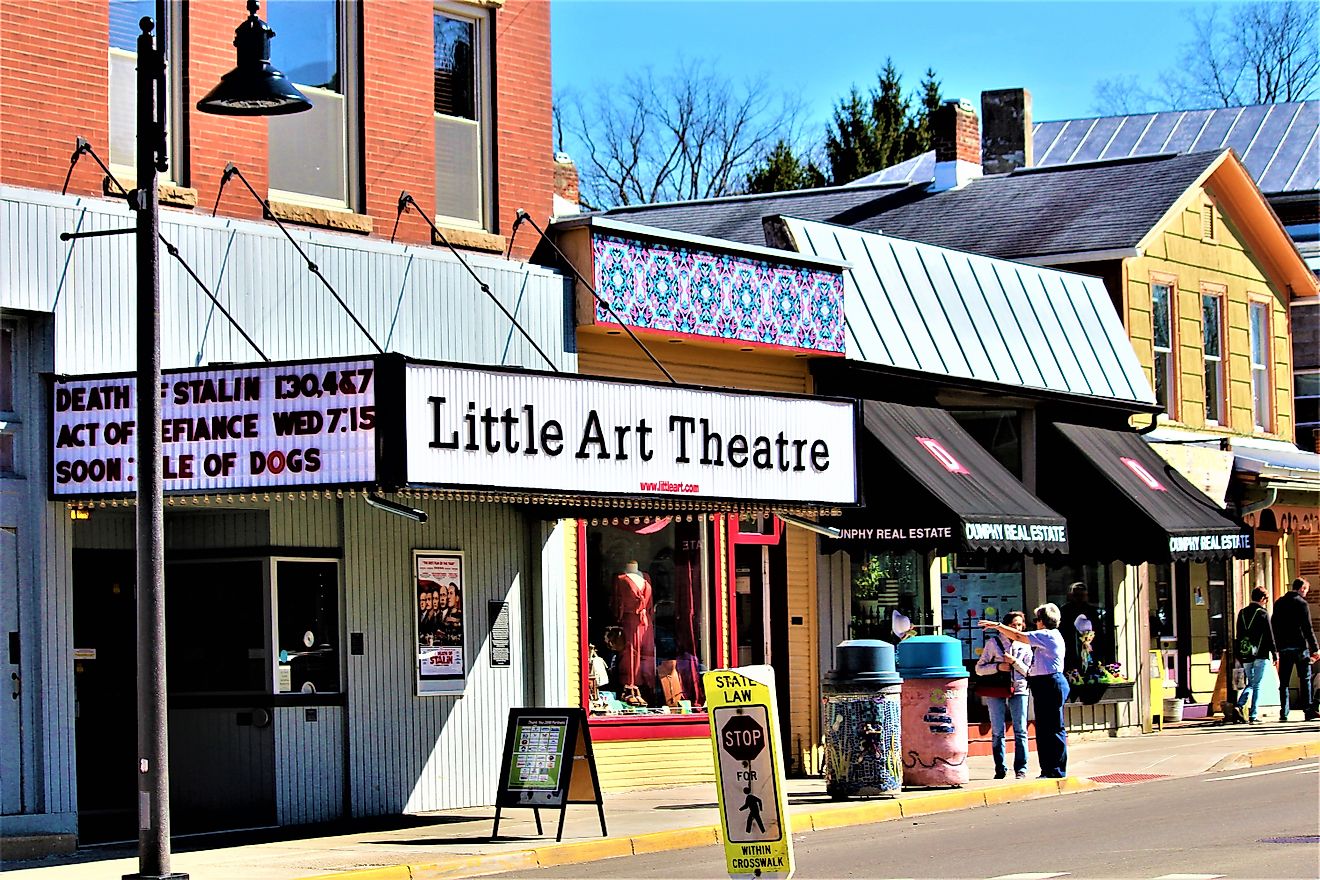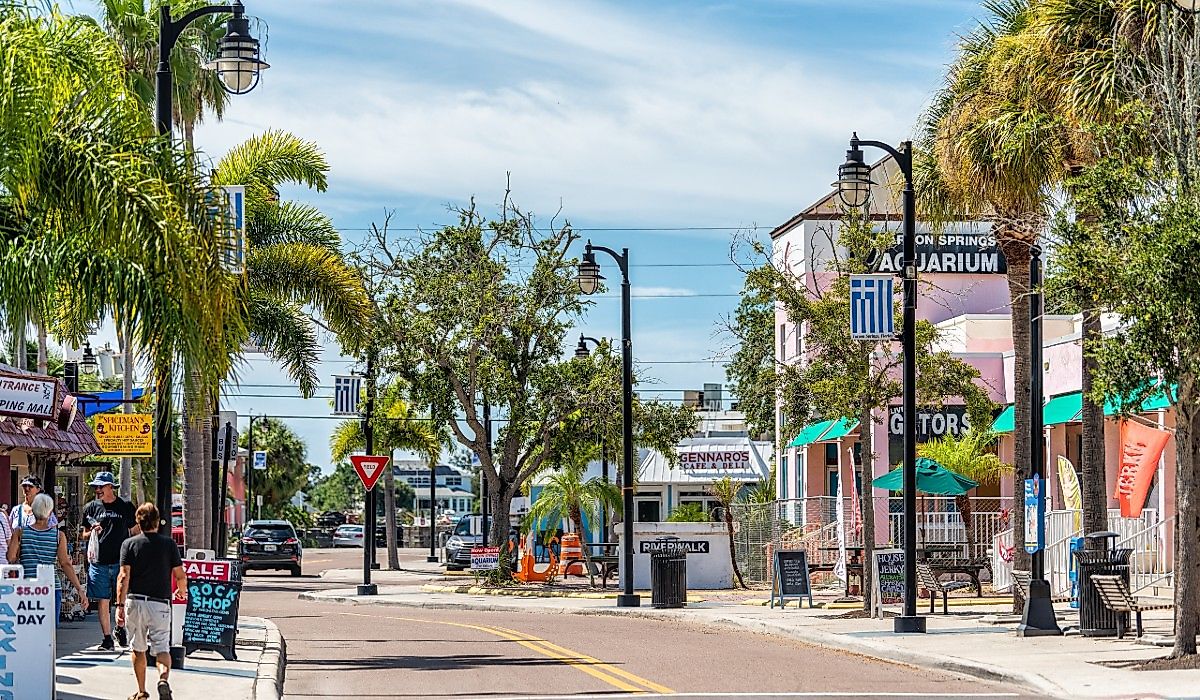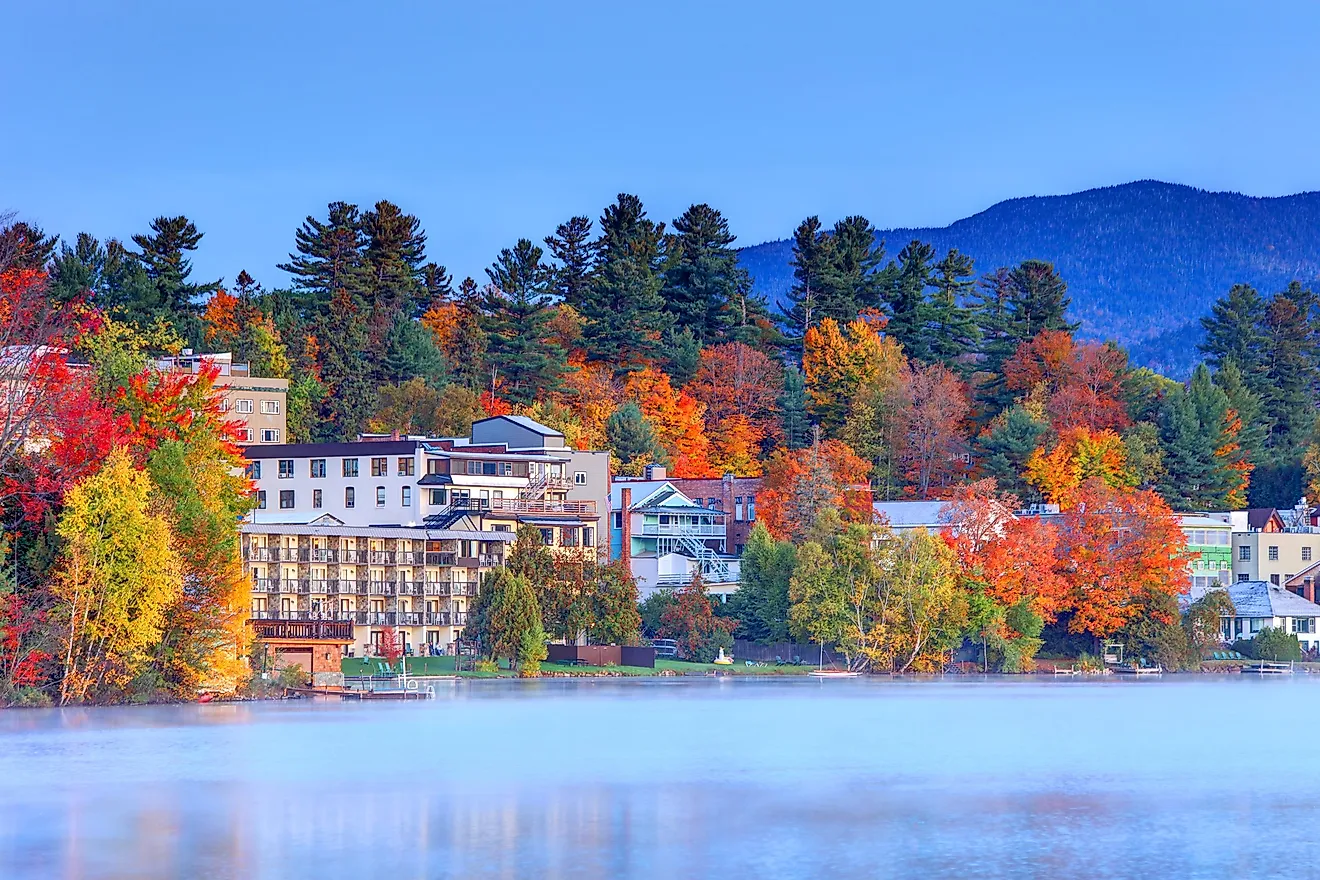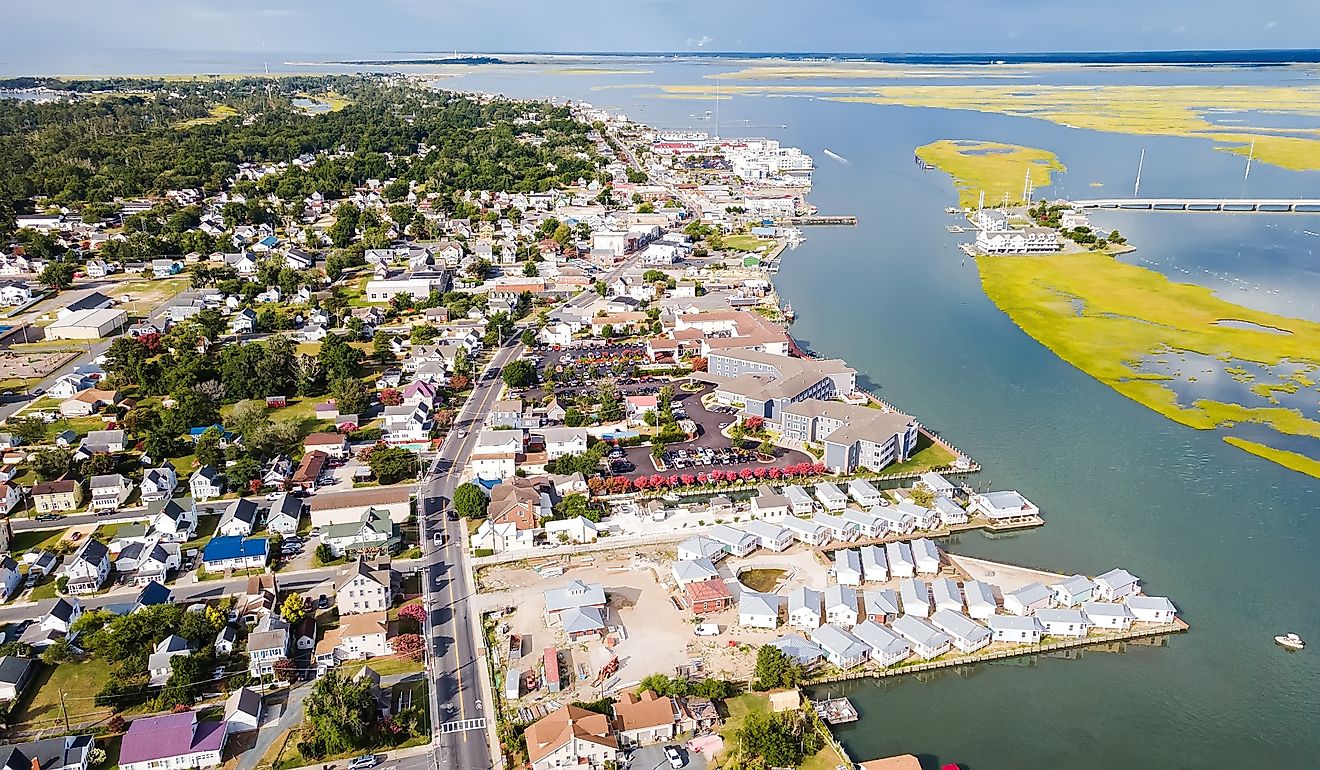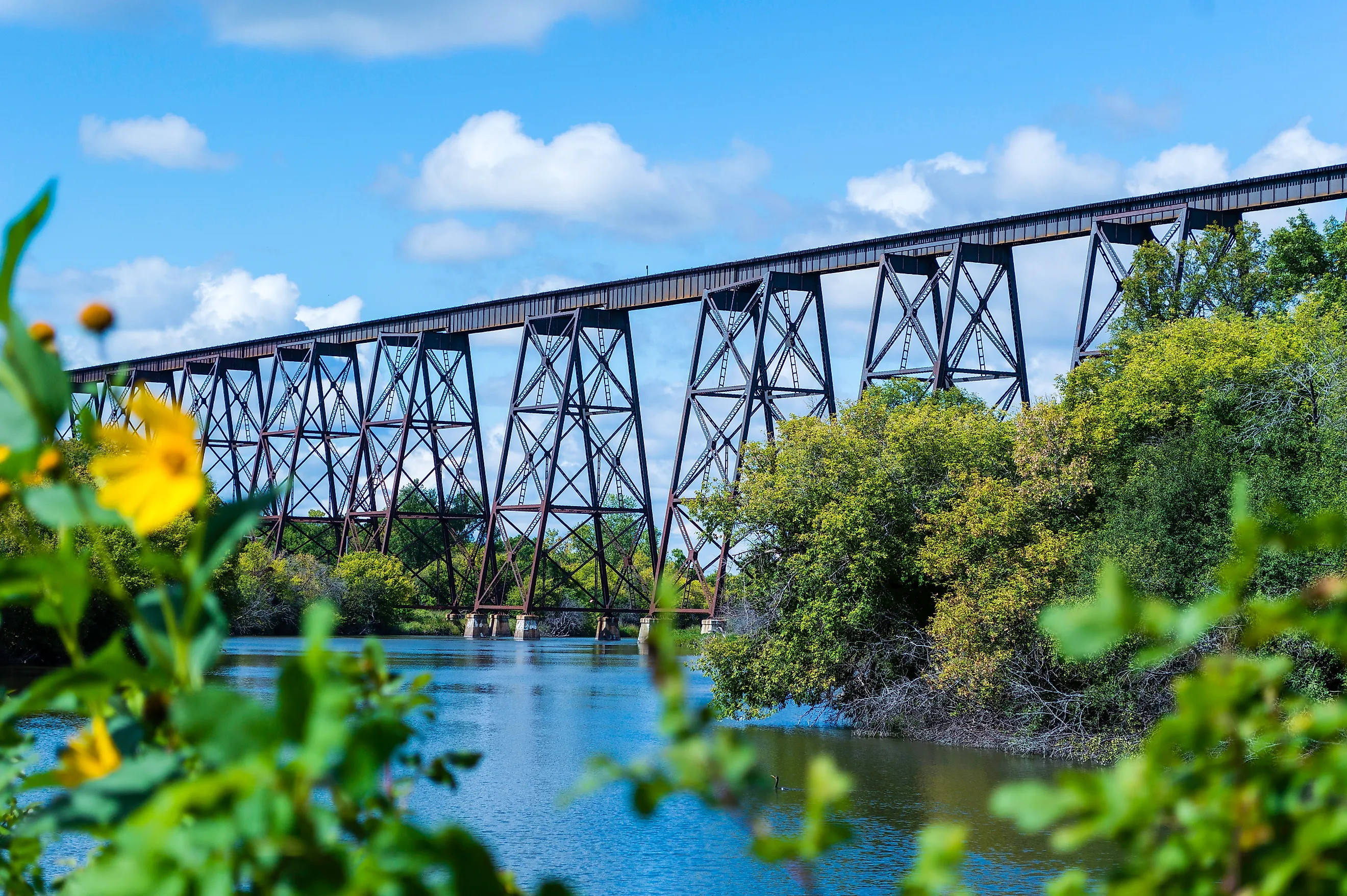
9 Best Small Towns In North Dakota For A Crowd-Free Summer
North Dakota may not court the spotlight, but its stillness runs deep and its ancient ridgelines narrate mighty stories that transport you to a prehistoric fantasy. But for all its Old West appeal, the real thrill is whispered in a hush. As summer settles over the prairies, the wind shifts gently, allowing visitors to relish solitude against endless prairie skies in these quiet communities.
From Devils Lake to Garrison Dam, the waters draw anglers and birders alike. With their uncrowded streets and big-sky horizons, North Dakota's small towns offer more than postcard views. From the arrid Badlands to prairie wetlands, each stop on this summer list taps into the Peace Garden State's quiet current and constant calm.
Dunseith
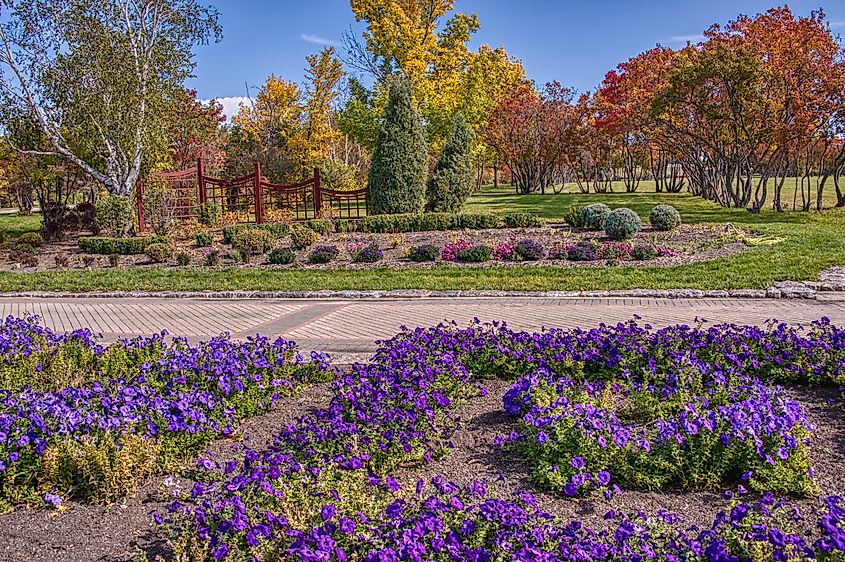
Dunseith stands in Rolette County, where Turtle Mountain plateau rises south of town, creating terrain that changes with each season's mood. Not far north, numerous lakes and wetlands dot the borader between the United States and Canada. The International Peace Garden spans both countries and celebrates friendship through blooming flowerbeds. These patterns delight visitors as they cross between nations without ceremony, sharing common ground. Summer is the quintessential time to visit the garden, as, apart from the first week in July when both countries celebrate national holidays, the grounds remain largely free of crowds.
For a totally different tourist attraction, the 18-foot W’eel Turtle, assembled from nearly 2,000 tire rims, stands beside the Log House visitor center, greeting travelers with an unexpected show of local creativity. The North American Game Warden Museum, located inside the International Peace Garden, showcases the work of conservation officers and honors fallen wardens from both countries.
Garrison
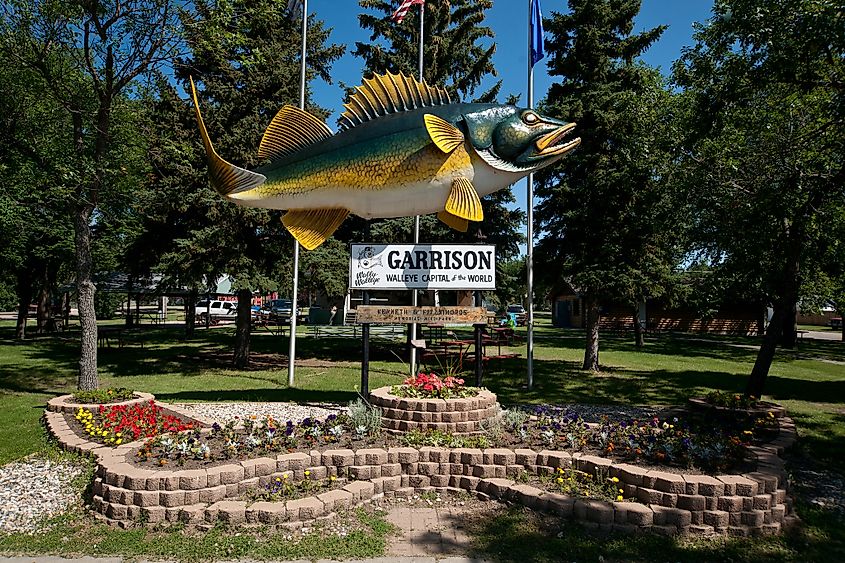
Garrison remains sparsely populated throughout the year, despite the natural wealth surrounding the town like an oasis. Its connection to Lake Audubon, which connects to the broader Lake Sakakawea, serves as a reminder of solemn Native American history and the colonization of lands from the Fort Berthold Indian Reservation. With the lake bounding Fort Stevenson State Park from all but one direction, the park forms a peninsular structure, its marina jutting into the waters. From here, boaters can launch from one of two marinas, which also offer rentals and even fish cleaning facilities. The arboretum within is home to trails winding through several tree species that defy North Dakota’s harsh climate, creating pockets of shade over summer so visitors can catch their breath.
Garrison’s proximity to natural sites makes it worth its weight in gold, with multiple sanctuaries and islets providing a home and safe haven for the region's diverse flora and fauna. The Audubon National Wildlife Refuge is one such place that shelters waterfowl, shorebirds, and songbirds on a massive piece of pretected land spanning nearly 15,000 acres. Across the lake in Riverdale, Garrison Dam - the fifth-largest of its kind in the world - creates hatchery facilities amid island-like topography that provides power to the region and breaks up the water’s expanse.
Devils Lake
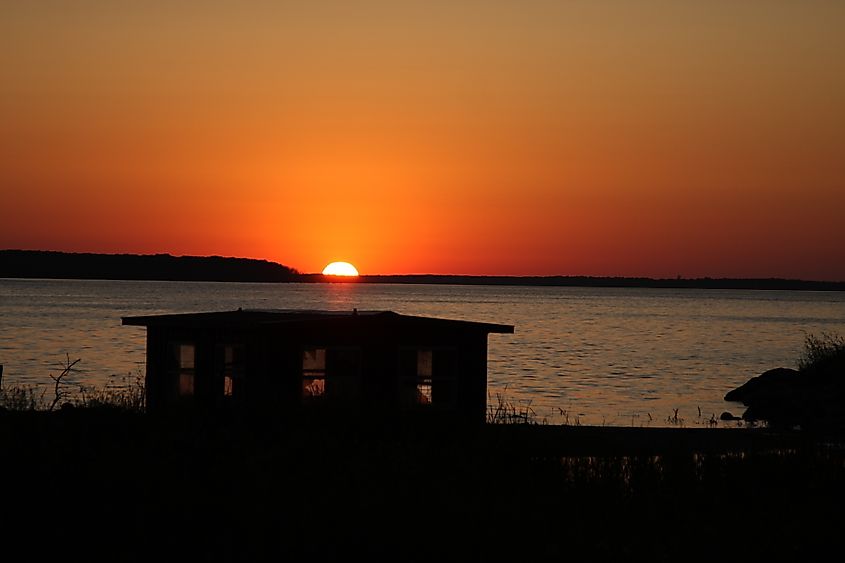
The town of Devils Lake sits on the shores of the Roughrider State's largest natural lake of the same name, a vast reservoir teeming with perch, pike, white bass and walleye that captivate anglers throughout the year, making it a popular ice fishing destination in winter.
The Grahams Island State Park occupies the central islet, replete with heavily wooded terrain where dense forests meet miles of lakeshore. Besides fishing from the park's boat ramps, picnicking is a common sight as families come to decompress beneath the tall cottonwoods. The island's camping facilities recharge visitors who revel in morning fishing expeditions and evening campfire gatherings. Multiple waterfowl preservation regions, including the Lake Alice National Wildlife Refuge, cascade north of Devils Lake, maintaining ecological purity in these wetlands and offering plenty of opportunities for birdwatching, particularly during the spring and fall migration, and in summer, when marsh and shore birds call North Dakota home.
Medora
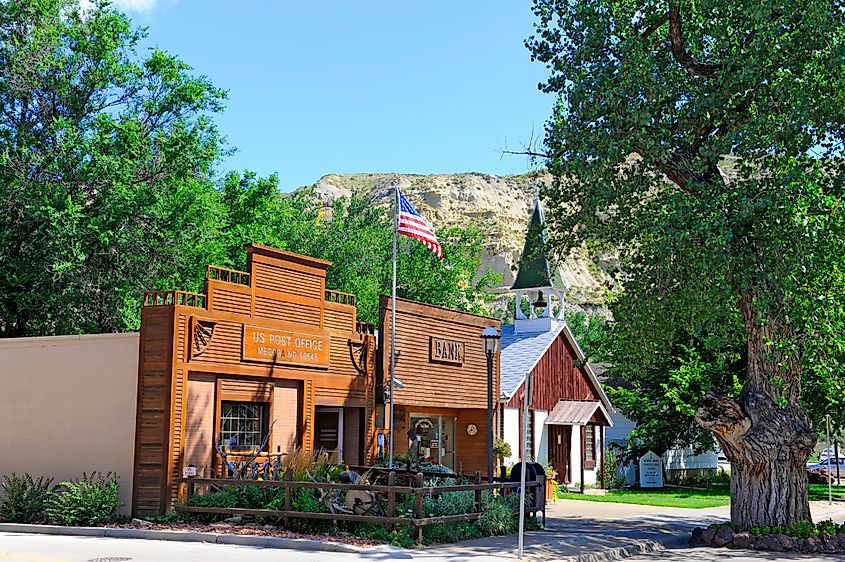
Medora sits in North Dakota's southwestern corner, where the Badlands form cliffs and canyons that please the eyes as much as the spirit. Here, Theodore Roosevelt National Park's South Unit shelters bison herds and wild horses as they wander through painted gorges. Prairie dogs build their colonies in the grasslands, while caprock formations tell tales millions of years old. The Maah Daah Hey Trail runs 144 miles through this wilderness, connecting riders and hikers to a countryside that changes from rolling grasslands to dramatic buttes throughout the summer. Mountain bikers also face technical challenges along single-track paths, riding through juniper groves and crossing creek beds.
French ranchman Marquis de Morès founded this community during the railroad expansion of the Old West. The Chateau de Mores State Historic Site stands as his former summer residence, its 26-room structure displaying period furnishings from that ambitious era. Each summer, the Medora Musical brings Broadway-caliber performances to an outdoor amphitheater with the Badlands as a backdrop. The production celebrates President Theodore Roosevelt's connection to this land with music and storytelling under starry skies.
Fort Yates

Fort Yates occupies the western bank of Lake Oahe, where the town's peninsula nearly becomes an island. The Missouri River and Slaughterhouse Bay encircle this community, which was established by the Lakota People of the Sioux Nation generations ago.The Lewis and Clark National Historic Trail, extending from the Midwest to the Pacific, passes through Fort Yates, where scenic paths overlook the lake, all three of its mile-long walkways overlooking the lake. In summer, these paths stay quie while coneflowers rise along the edges and green growth spreads wide, giving you more to take in before autumn turns everything to bronze and gold.
The Standing Rock Monument honors and marks the reservation of the same name that occupies more than two million acres along the Missouri River, while Sitting Bull Burial Site commemorates that Sioux leader who led his people through tempestuous years.
Bottineau
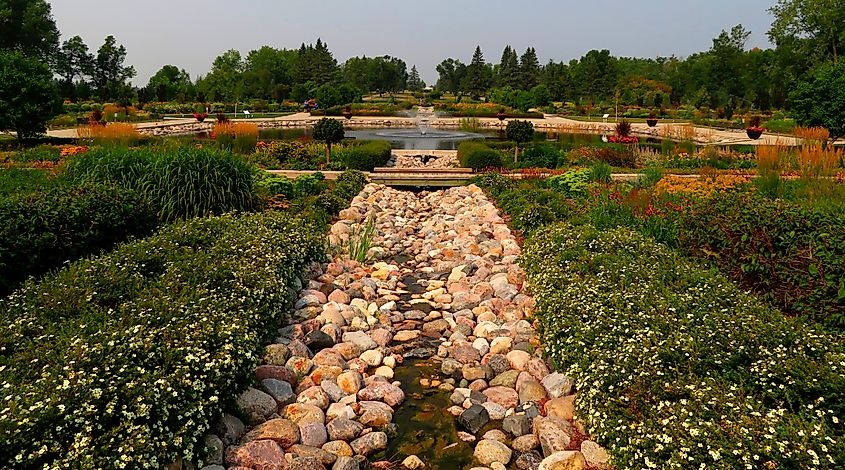
Bottineau lies just south of the Canadian border and province of Manitoba. The Turtle Mountains frame this region with rolling hills and plateaus that challenge visitors expecting a flat prairie expanse. Lake Metigoshe State Park comprises a glacial lake where pine and oak forests meet open water. The park’s cabins and campsites accommodate families as hiking trails run through not merely summer breezes but also woods that harbor deer and smaller wildlife.
The Turtle Mountain State Recreation Area offers boat launches and swimming spots for summer visitors, as well as trails for motorized, off-highway vehicles. Facilities like picnic shelters and playgrounds invite families to enjoy water activities while avoiding crowded areas. Late summer brings hunters to the marshes and sloughs, where waterfowl remain active before colder weather sets in and ice-skating crowds arrive.
Williston
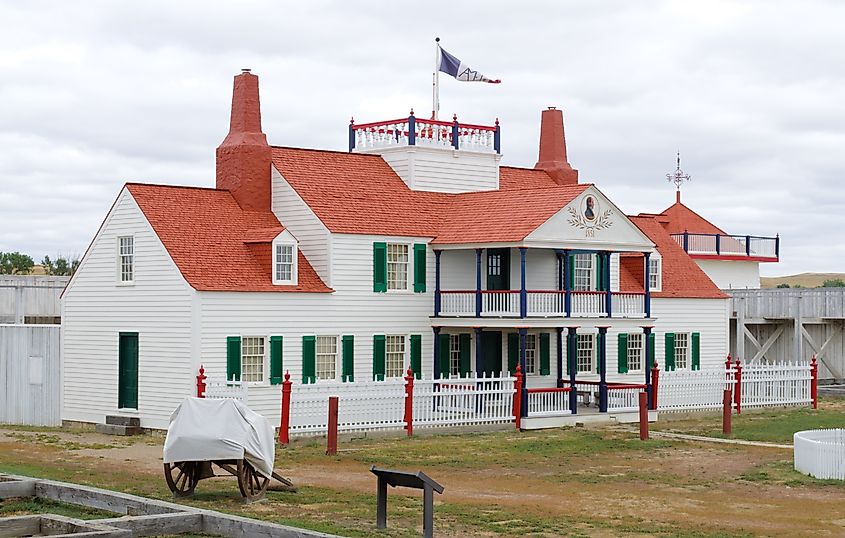
Williston sits where the Missouri River meets multiple tributaries flowing through prairie breaks and coulees. The Missouri-Yellowstone Confluence Interpretive Center tells the story of the meeting of these two great rivers, as well as offering the same stunning vistas that Lewis and Clark Expedition members would have enjoyed in the early 19th century. Permanent exhibits dig into the geography and geology of the area, its prehistoric life, and the impact of European settlers on the landscape. Downtown Williston shows off architectural variety along Main Street, where the Old Armory and James Memorial Art Center represent different construction periods.
The Williston Chokecherry Festival in August brings activities ranging from live music to craft vendors and, of course, delicious food, in celebration of the state fruit. Fort Union Trading Post National Historic Site preserves the most important fur trade post on the Upper Missouri River, where the Assiniboine and six other Northern Plains tribes exchanged buffalo robes and smaller furs for goods from around the world. The reconstructed fort demonstrates how commerce bridged cultures when trade meant survival for both sides.
Valley City
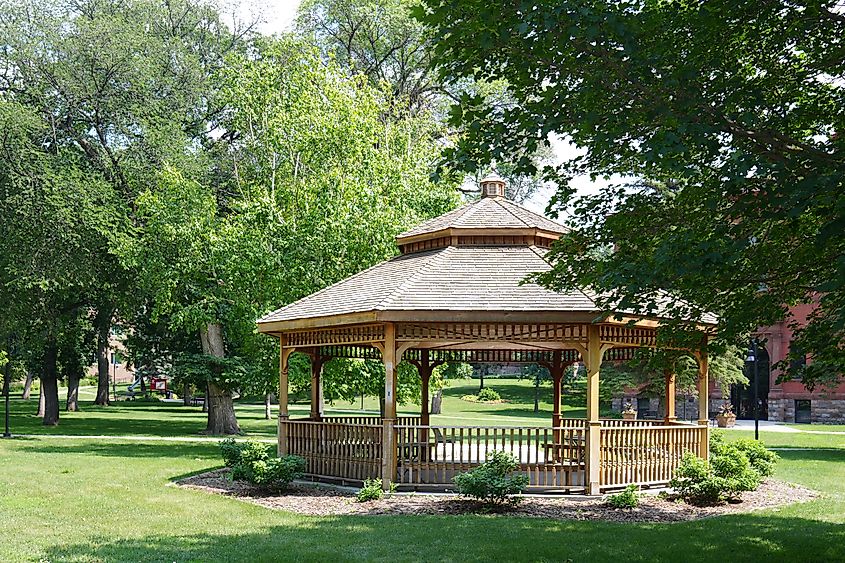
The Sheyenne River flows north alongside Valley City until it meets Lake Ashtabula nearby. This watercourse nourishes lush wetlands that rival the best waterfowl habitats found anywhere in North Dakota. At the nucleus of the town, the Barnes County Historical Society Museum holds an extensive catalog of pioneer tools, fossils, and railway relics that chart the region’s past. Not far away, Chautauqua Park’s riverfront hosts Sheyenne RiverFest, where summer activities like canoe races and live music bring the community together beneath tall trees and along wooden walkways.
Close by, the Hi-Line Railroad Bridge crosses the valley with a bold iron structure, serving as proof of historic engineering and a favorite stop for visitors. To the south, the Sheyenne River Valley continues to open into wide skies and artistic spaces. Pederson Pottery, in particular, encourages those wanting to master clay arts inspired by the river’s flow and the valley's quiet influence.
West Fargo
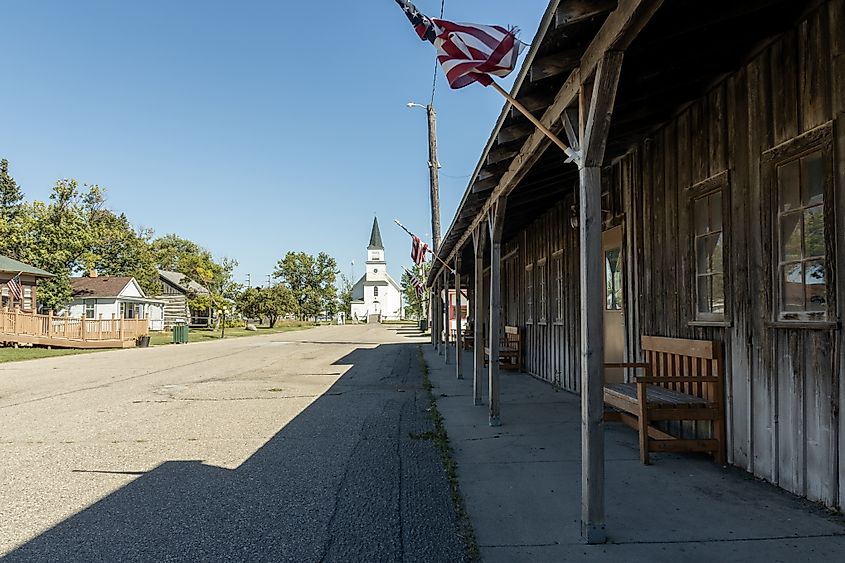
While Fargo, one of the most populous cities in the Dakotas, welcomes the influx of crowds with open arms, those preferring a bit more solace can easily find accommodation in its smaller sibling, West Fargo. Evenings here often begin with the crack of a bat or the growl of vintage engines. While checking out the sweet rides rolling through town on Cruise Night, the city pulses with energy without overwhelming the senses.
The West Fargo Park District goes beyond mere quiet greenery. Not only do recreational sites like Rendezvous Park capture the essence of calm, but it surprises with small waterfalls and architectural touches that cascade through local landscapes with refreshing flair. Just west of the city boundaries, breathtaking meadows offer a place for pause, while the Shooting Park of Horace recharges the spirit with its crackle of well-aimed precision. When the day calls for something more, the North Dakota Horse Park and nearby Red River Zoo on Fargo’s fringe remain close enough to count on, grounding West Fargo’s appeal in both pace and possibility.
North Dakota’s Serene Summer Glow
While North Dakota's chill may deter large crowds, the experiences waiting here reward those who like to linger, as the state possesses everything from ski runs to snowboard slopes once frost begins to mount across its terrain. While winter sets off a frigid shift in the air that turns lake surfaces into skating canvases, these towns start revealing their true character long before the cold creeps in. Be it Dunseith’s waterfowl preservation areas or the neighboring sanctuaries along the lakes, these crowd-free corners serve not merely as escapes but as functioning habitats. Across the Turtle Mountain plateau, visitors encounter trails, state parks, and the gigantic W’eel Turtle monument built from tires. Farther west, around Devils Lake, painted turtles sun themselves near the shorelines, adding to the quiet biodiversity of the region.These scenes reflect not just eccentricity but a slower, more sustainable way of life. Undisturbed by human noise, these Peace Garden State towns spotlight summer symphonies and a slow, steady pace.




